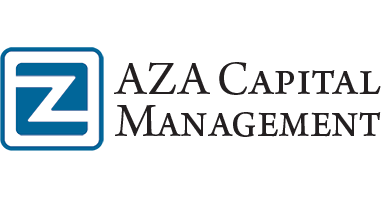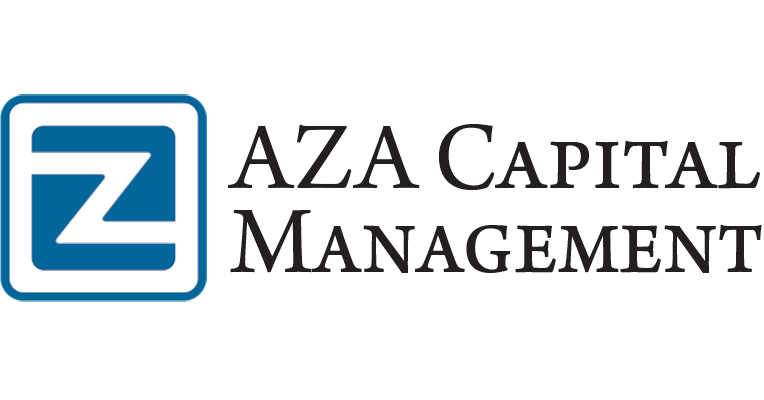Real Wealth Versus The Market
Despite this enormous crisis, the American system remains the strongest in the world. In natural resources, the country has some of the best arable land, extensive inland rivers, lake, rail, road and air transportation systems plus deep ports and immense reserves in oil, coal, gas and other commodities.
Our ability to create, finance, protect and distribute is unparalleled. Even after shuttering an estimated 70,000 factories, the country retains a large industrial base. Our courts, local governments, law enforcement, churches and charities offer a rich structure of talented people who help provide the glue that keeps us working and living peacefully together.
Our tech schools, community colleges, colleges and research universities are unmatched anywhere.
We spend tremendous sums on our defense and it is rightly being directed to deal with the long term threat that is an expansionist Chinese Communist Party (CCP).
This is real, enormous wealth. And the financial system should be at the service of this ecosystem.
Growth Is The Central Problem
The current fiscal, regulatory and monetary policy mix has delivered perhaps the worst decade of economic growth in U.S. history. If policy isn’t changed, the next decade will likely have similar unimpressive fundamental results.

What builds growth? In short, people and capital productively managed over life cycles grow economies. In essence, this translates as investment in people, families, infrastructure, soil, land, resources, productive capacity, security, and law residing in balance and harmony.
Low Growth Is Bad For Market Returns
The strength of Capitalism is rewarding virtue. The current system perpetuates failure through zombie companies, bailouts and regulatory barriers to entry. That is why our economy refuses to grow.
Low growth has resulted in too much debt and too few families. Neither is the population as healthy and productive as it could or should be. Finally, governments have failed to maintain the physical and regulatory infrastructure to properly support a self-sufficient, efficient economy.
This low growth dynamic recently paired with high valuations to set the world up for a crash and low returns. This is a global phenomenon since international developed equities have never regained the highs of 2007.

We could document a long list of unsound policy actions that have resulted in the inexorable rise in health and education costs, crumbling infrastructure, public corruption, bailouts, etc. The EU and Japan have their own unique issues but we all share extreme debt levels.
A root cause of so much pain is the China Lobby in Corporate America and Wall Street. It is these groups who have sold out the U.S. industrial base and, as we have learned from the coronavirus pandemic, our pharmaceutical production capability.
A damning policy result is the fact that family formation and fertility rates have collapsed, while new home sales have never recovered to meaningful levels.
Something needs to change.
People and Assets Matter Most
Policies that work best focus on building human capital and the physical/technological infrastructure integrated to produce and distribute goods and services. This will lead to healthy population and productivity growth.
The bailouts performed by the government and the Federal Reserve have avoided a real and necessary restructuring and left our economy hollowed out. The Corporations in bed with the CCP aka, the China Lobby, have deindustrialized our country exposing too many Americans to shortages of critical goods and medicines.
The rules that allowed this to happen aren’t working for the West.
Return to Growth
History
The United States has been supremely successful. We should know why. For the first 185 years of U.S. existence – from Washington to Kennedy – the American School of Economics was practiced in the United States. Alexander Hamilton was as American School as any founding father.
Under the American School, the United States became the greatest economic and military power in written history. This National System protected domestic industries, invested in infrastructure and education and geared the banking system to productive finance.
This system had at its heart the geographic and resource benefits of North America, perhaps the most strategically endowed territory in the world.
Post World War II, the United States made massive investments in infrastructure and education. By the early 1960’s, the country was the world leader in quality infrastructure and educational attainment.

Then, two critical events occurred--the Vietnam War and China going to Nixon.
We are feeling the far-reaching consequences of an unsustainable guns and butter policy that untethered the U.S. Dollar from the gold standard, set up the country for financialization and laid the predicate for a political war of capital versus labor.
For the last 50 years, the CCP has brilliantly executed a modern warfare strategy to defeat the United States co-opting politicians, business and Wall Street leaving the country at its lowest point of relative power in over a century.
I would argue the U.S. has departed from our original, successful formula. We should get back to it. And we can look to our allies and academics for ideas to adapt an American School approach to today's economy.
The Logjam: Intersecting Problems
The U.S. needs to break the logjam to let the economy flow.
In a nutshell, the core issues holding back the economy include:
- Too much debt / leverage
- Too little focus on health / education
- Too few families
- Lack of industrial, technological self-sufficiency
- Chinese Communist Party full spectrum war aimed at undermining everything
- A global currency system that needs to work for the US and its partners

Breaking The Logjam
The United States needs to Finance, Build, Produce and Protect. Though each area below warrants in-depth explanation, this is in bullet point form for brevity’s sake.
Benefits:
- Actions that pay for themselves
- Earn positive long term monetary and tangible returns for the country
- Reduce debt and liabilities in the U.S. economy by $20 trillion to $40 trillion (100% to 200% of GDP),
- Boost output (increase GDP by $2 trillion/year)
- Higher corporate profits / increased competitiveness
- Universal healthcare
- Higher educational attainment
- Rebuilds entire infrastructure
- Can protect the planet, environment and the global commons
- Defeats Chinese Communist Party in its bid for world dominance
Phase 1: Deleverage, De-Risk, Defend the West via Financial Reform
- Finance productive investment, environmental protection and global security
- Execute the Chicago Plan
- Potential to deleverage US and Allied Economies: $20 trillion to $60 trillion in global debt reduction
- Bullet proofs banking system: 100% Reserve System
- Can be used to address the Eurodollar system's deficiencies
- Could address issues around inequality via
- Example:
- U.S. Treasury could send a $62,500 check to every U.S. citizen. If over the age of 22, they would be required to pay down debt and could pocket any remaining money.
- For those under 22, they would be required to place it in a retirement/home purchase investment account at a financial advisor of their choosing.
- Example:
- Option to return existing fractional reserve banking
- Reform U.S. Dollar System
- Deleverage key allies with Chicago Plan
- Direct USD seigniorage to build a global infrastructure, environmental and planetary protection displacing authoritarian adversaries
- Managed Trade for Resiliency / Redundancy
- Displace the Chinese BRI with USD investments
Phase 2: Lower Total Factor Costs
Infrastructure, Healthcare, Education, Environment

- Infrastructure - $5 to $7 trillion over 10 years.
- Invest to move items on ASCE Report Card to an A+ grade
- Execute CG/LA top 200 ROI projects
- Reindustrialize the United States - Midwest Focus
- Research and Development across AI, materials science, energy, biopharma, manufacturing
- Rebuild topsoil in farming states
- Environmental, Food, Water and Energy Security
- Healthcare – Regulate U.S. markets for privately provided universal access at 65% of today’s cost or 11% to 12% of GDP (G-7 average) generating economy-wide savings of 5% to 7% of GDP (this savings is equivalent to 2 times the Department of Defense annual budget or around $1.3 trillion per year or over $13 trillion for 10 years).

Education and Skills Attainment Investment
- Increase educational attainment-fund high quality pre-K and increase 12th grade to 16th grade equivalent - thru PhD/MD for math, science, engineering
- Educational attainment will include fully funded technical education and apprenticeships for the 60% to 70% of people who choose not to attend college
Phase 3: Defend - Pacific Atlantic Treaty Organization
- Build a global alliance to peacefully contain the authoritarian CCP’s ambition for world dominance
- Protect global commons of fisheries, habitats, health
- Planetary defense and space exploration
Conclusion
As Americans are forced to sit at home, it is worth taking the time to contemplate what could be. Nothing mentioned above is new nor does it comprehensively address national issues. This outline is intended to demonstrate what superior policy engineering mixes potentially provide to benefit citizens.
In fact, each solution is proven in some form. A stronger financial system will be a bridge to this coming technological revolution. Healthy, educated and secure peoples are better prepared to live meaningful lives and deal with inevitable challenges.
Rather than doubling down on the failed policies of the past, this approach increases fundamental wealth through healthy and more educated people, efficient infrastructure and a domestic industrial base that serves and protects our interests. This could be a system that defends our allies and blunts authoritarian military and economic aggression.
It's time to consider the American School, again.


